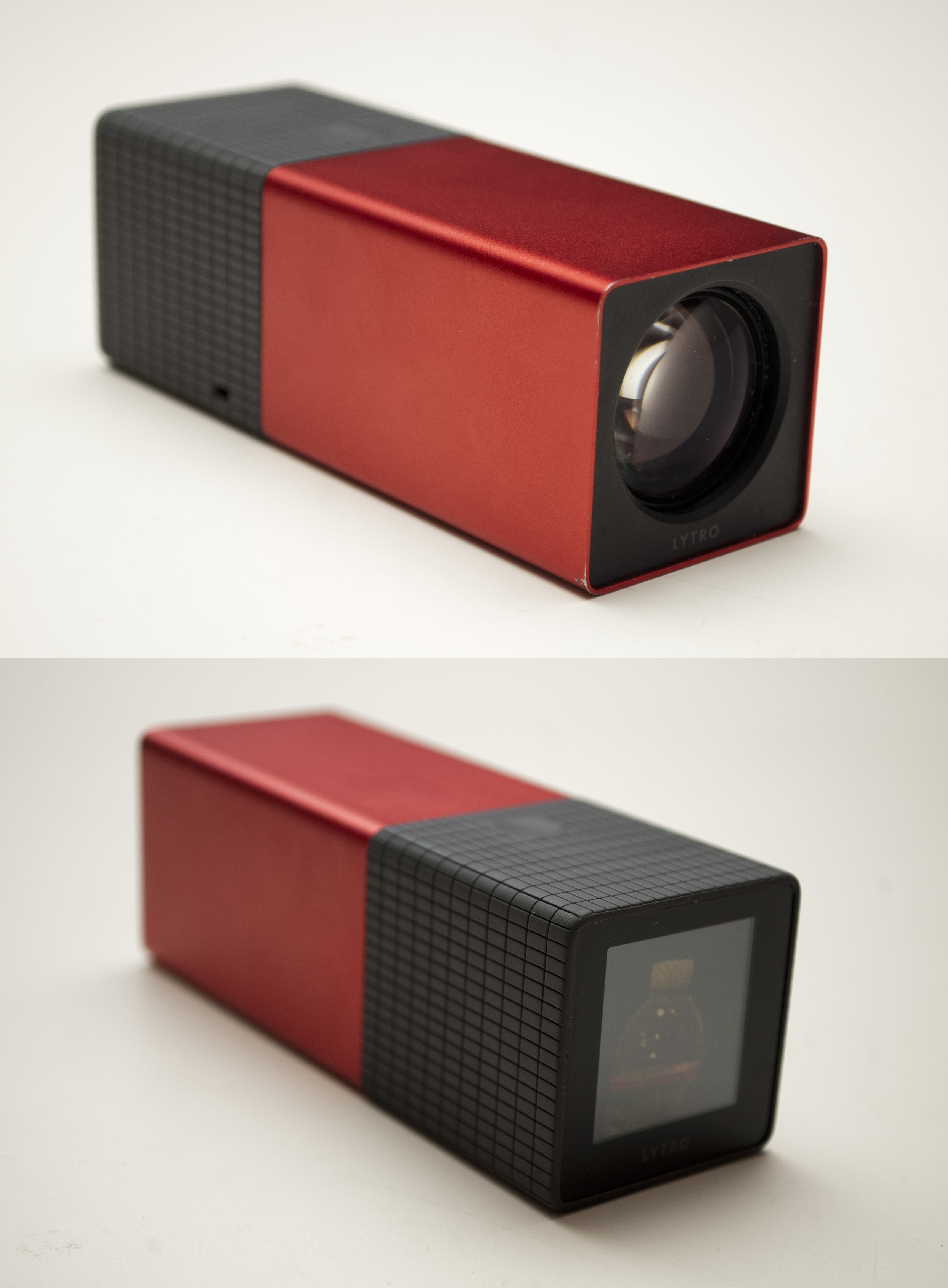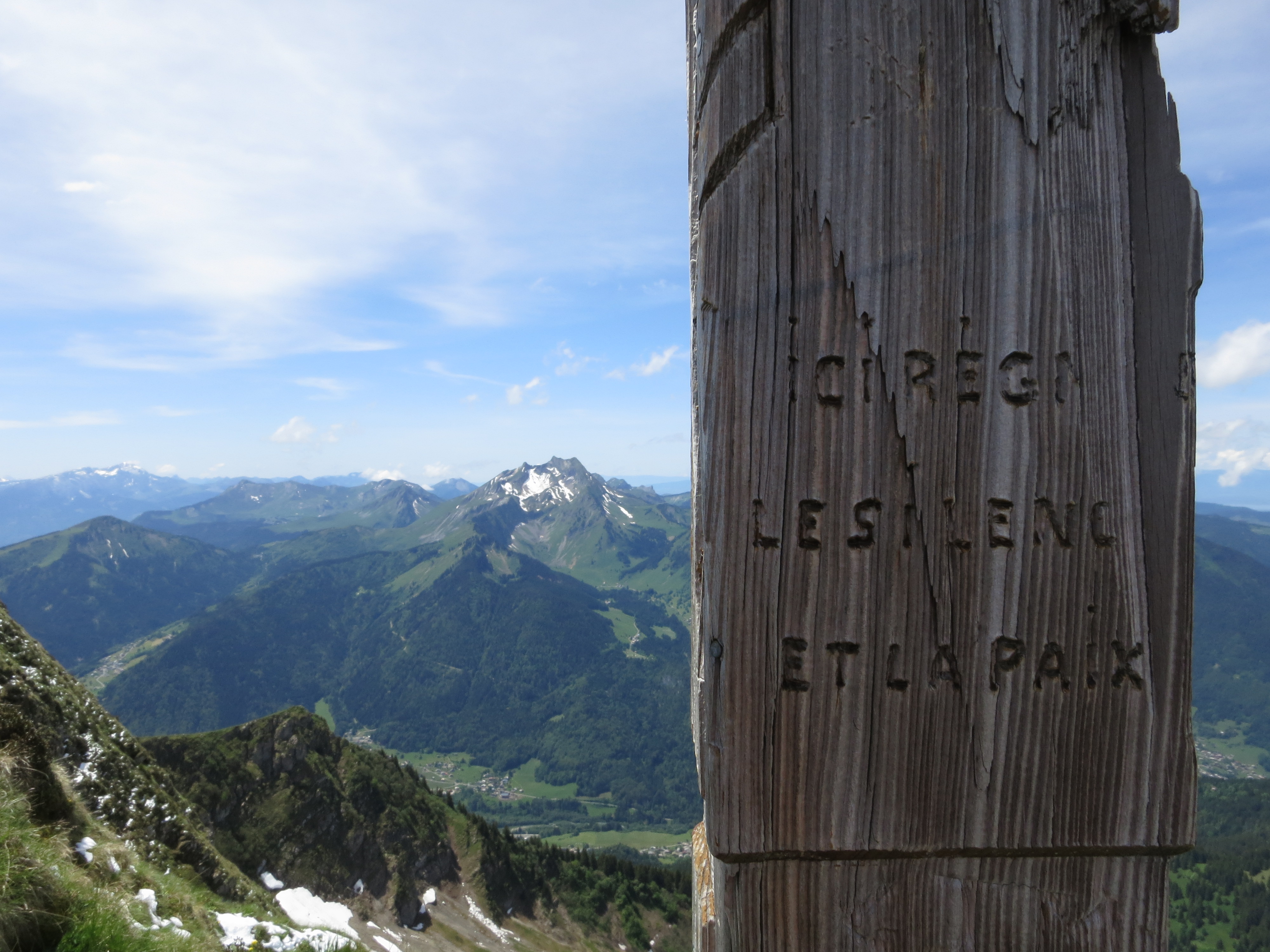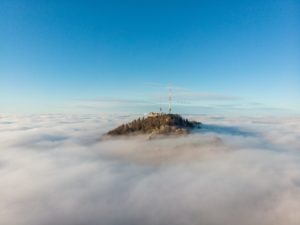 Light field camera has moved from a technical concept to a mass consumer product recently. Basically, the concept is allowing you to focus after shooting, and theoretically to manage your depth of field (DOF) as you wish, so pretty much one can consider as a real innovation. DOF’s management has always been a real challenge for many photographer.
Light field camera has moved from a technical concept to a mass consumer product recently. Basically, the concept is allowing you to focus after shooting, and theoretically to manage your depth of field (DOF) as you wish, so pretty much one can consider as a real innovation. DOF’s management has always been a real challenge for many photographer.
I don’t have much more to say about the product itself, DP Review published as usual a very exhaustive test and critic. No, my main question is more about the potential of the technology.
Don’t underestimate the existing sensors
Despite all the existing limits, I am still convinced it can really bring something unique. However, it has to overcome two main constraints: size and resolution. Compact cameras are so tiny that they are now embedded into smartphone, the clear future of casual shooters, and a must have for any photographer. On the other end, the performances of high end DSLR is more and more amazing, sensors are doing more than pushing the limits, they are just incredible if you think about what was possible only a few years ago. For both size and performances, I see no reason to stop the improvements. The light field cameras look to me very chunky and their performances are yet pathetic, without saying using them is not as easy despite some real attempts to create an easy to use camera.
Don’t misunderstand people real motivation as casual shooters

Casual shooters want to have everything focused, they don’t care and don’t understand DOF. Tiny sensors are very much capable doing that, and will be more and more capable into the future. When they performances will improve, they will operate more and more at bigger f/ numbers, with a greater DOF. I know they are limited by diffraction though, but the potential looks real to me. Indeed, even with resolution getting worse with high f/, it is still so far ahead compare with light field camera, at least for the time being. I know it may change, or not as both technologies are moving forward.
Creativity has nothing to do with managing DOF
Again, if you want an almost infinite DOF, you should use tiny sensors, they are still much better and smaller and cheaper. If you want to refocus after the shooting, and are an experienced photographer, where is the point? I am asking myself the question, so I am taking usually a couple of shots focused at different subjects. Shooting one more picture cost nothing nowadays, thanks to the digital photography. And for the photojournalism / action shooters: again, tiny sensors look to me much more capable to deliver what they are looking for.
The future is not what you expect
That said, they are much more potential application for this technology, and entrepreneur may be able to transform their new toy into an useful tool. So yes, there is hope! But it is still quite fuzzy to say the less.
The final word
I am an engineer myself, so I know the two constraints (size and resolution, if not a third one: low light capability) can be much improved, but frankly, the gap is immense and whereas it would be interesting to follow the technology’s improvements, it is unlikely this technology may overcome the classic sensors before long. Like many innovations, it may be just too soon or may never really solve any issue. I am just believing the innovation will come from another angle, the existing motto looks to me unable to solve the problems they are listing. Time will say whether I am wrong or not…
Further reading: apart from the excellent DP Review, this article is just a jewel about light field cameras.
